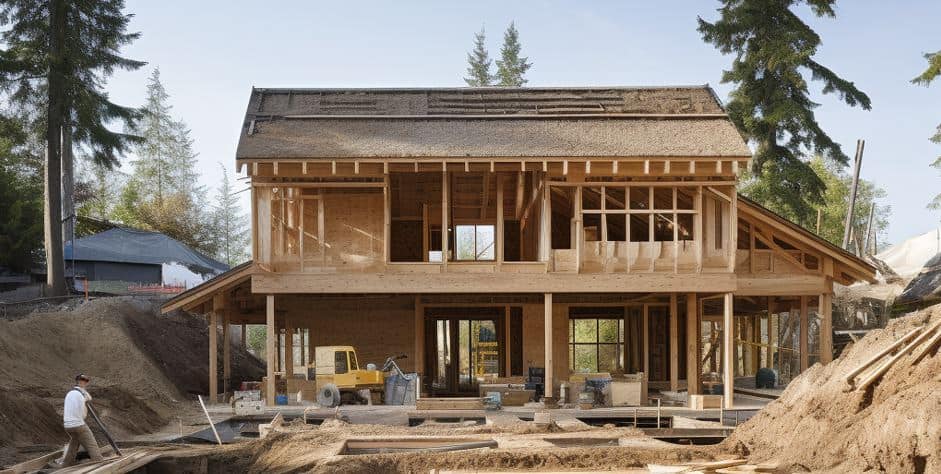
Excavation plays a crucial role in the early stages of constructing wooden buildings or any structure, as it sets the foundation for all subsequent building work. When planning excavation activities for wooden building construction in Canada, consider the following tips categorized according to various construction aspects:

Remember, these tips cover general guidance, and the specific details can vary significantly based on the complexities and regulatory requirements of each project and location in Canada. It’s always recommended to engage with local experts and authorities to ensure that the excavation work meets all necessary standards and regulations.
